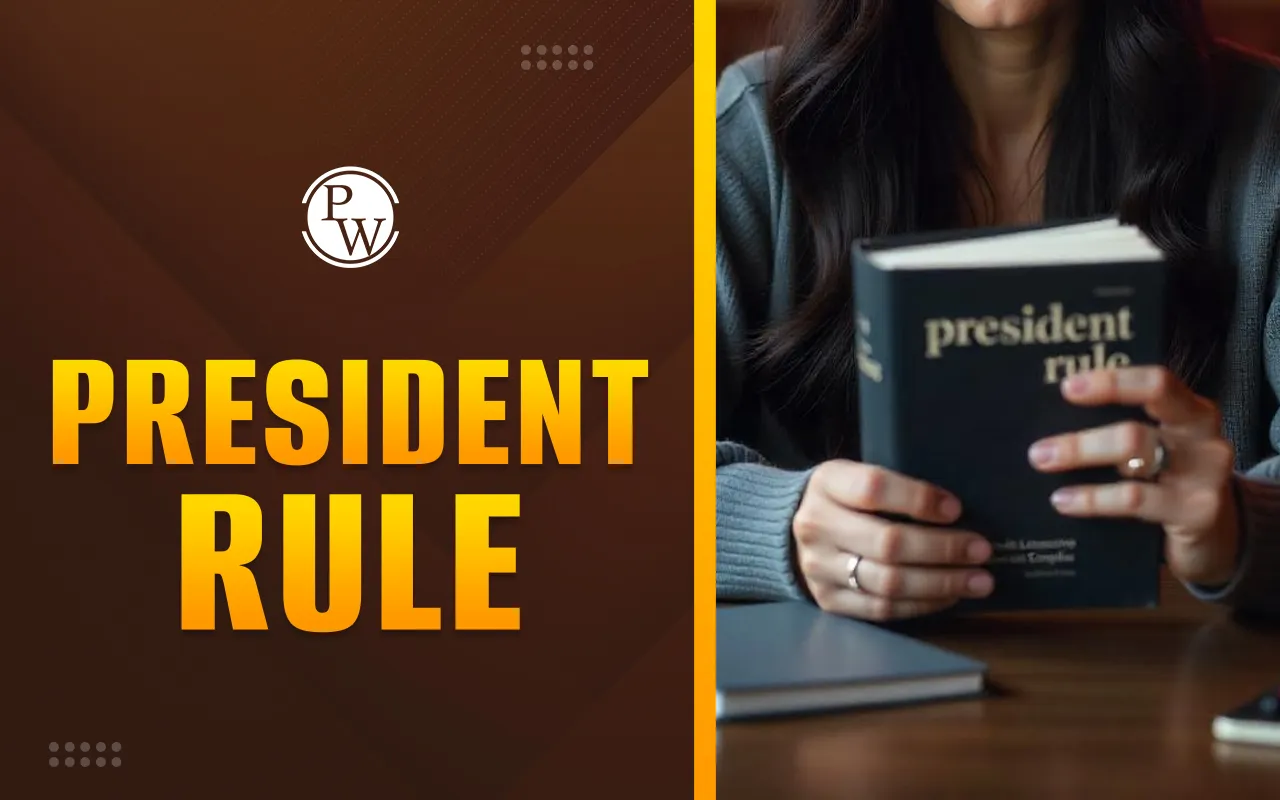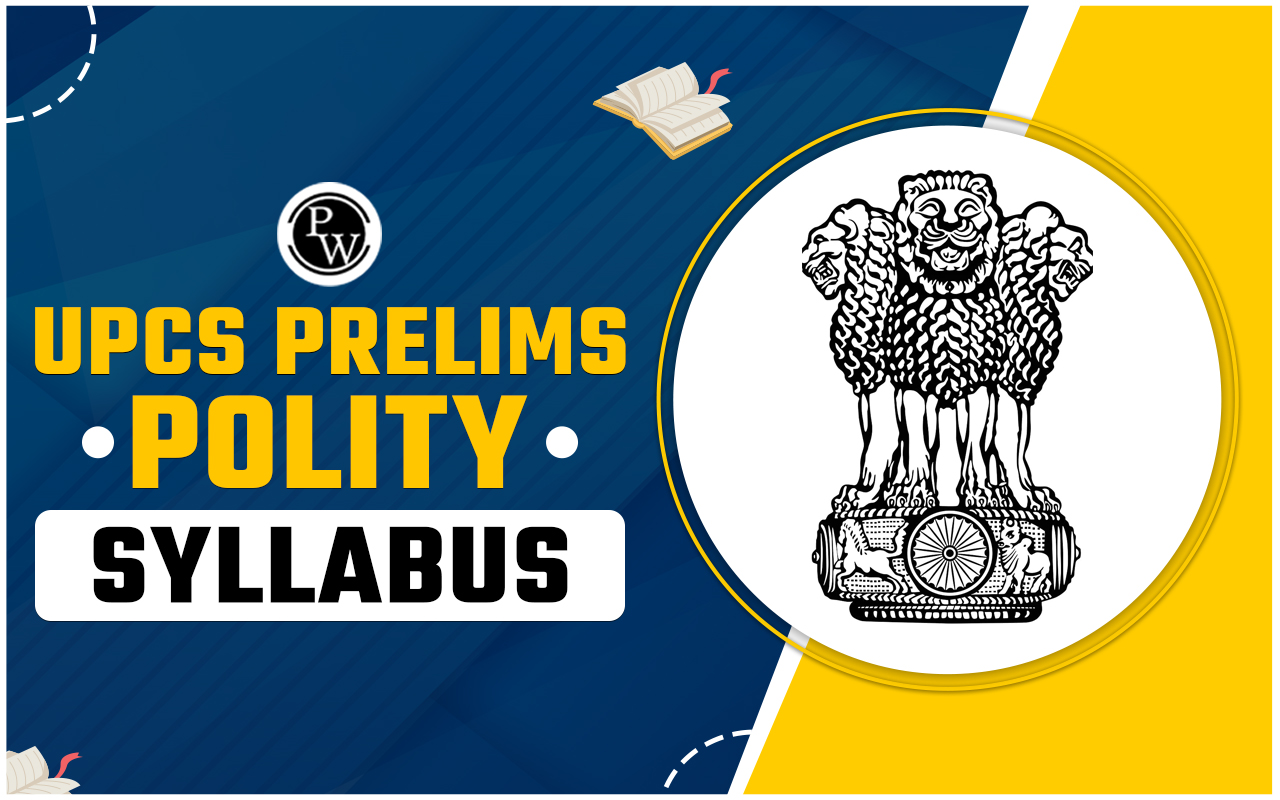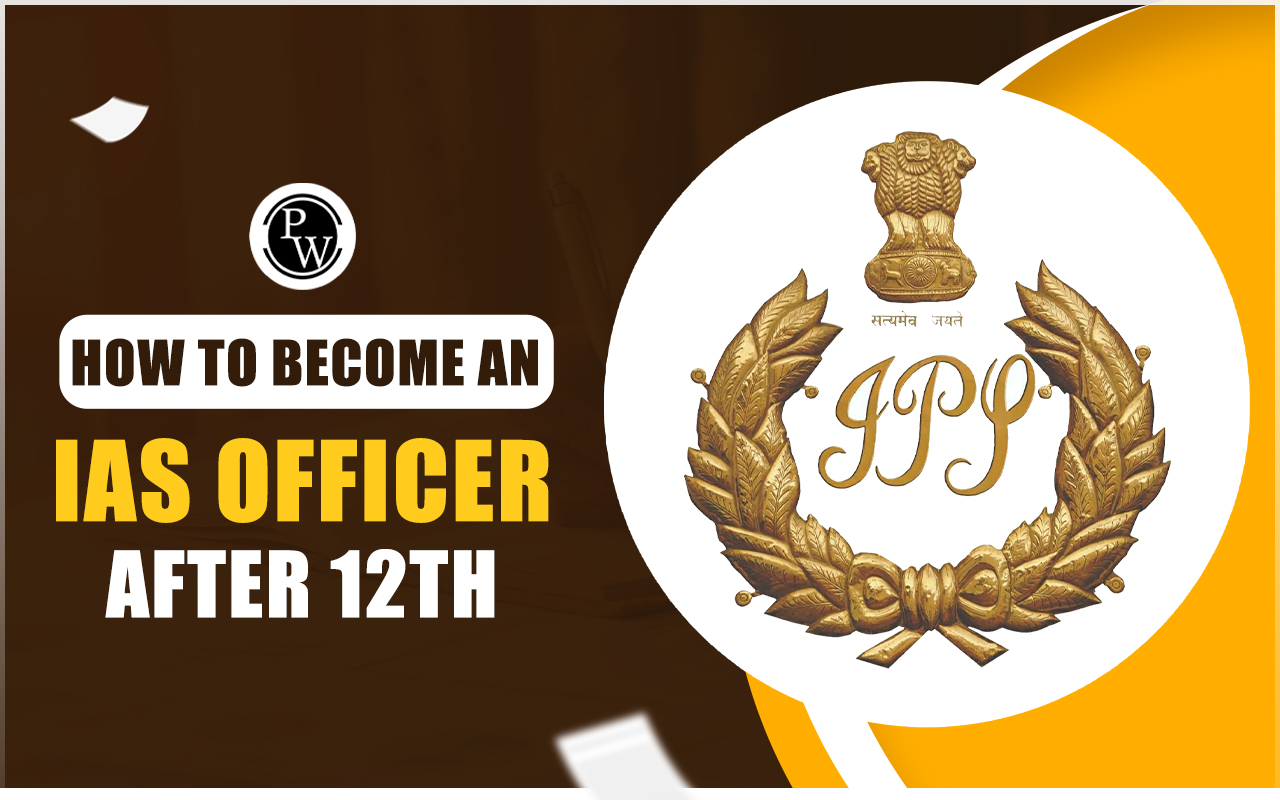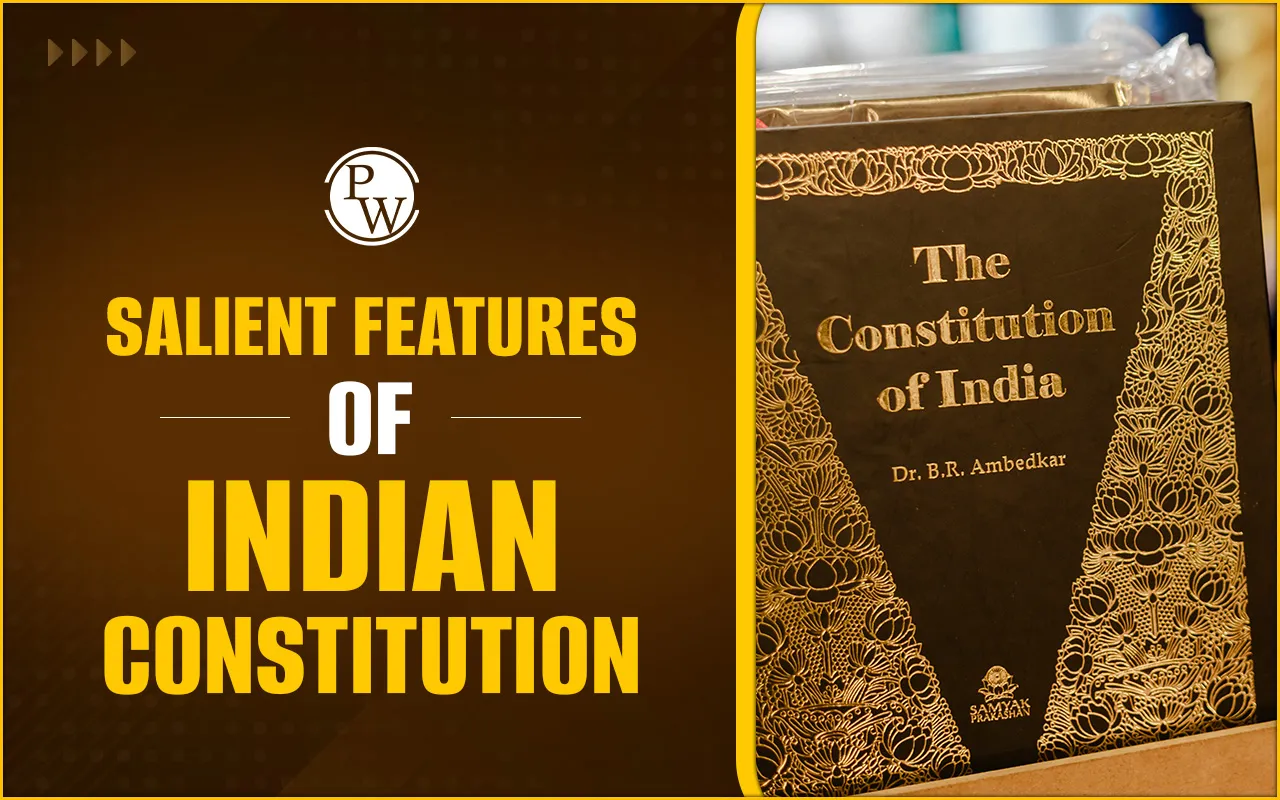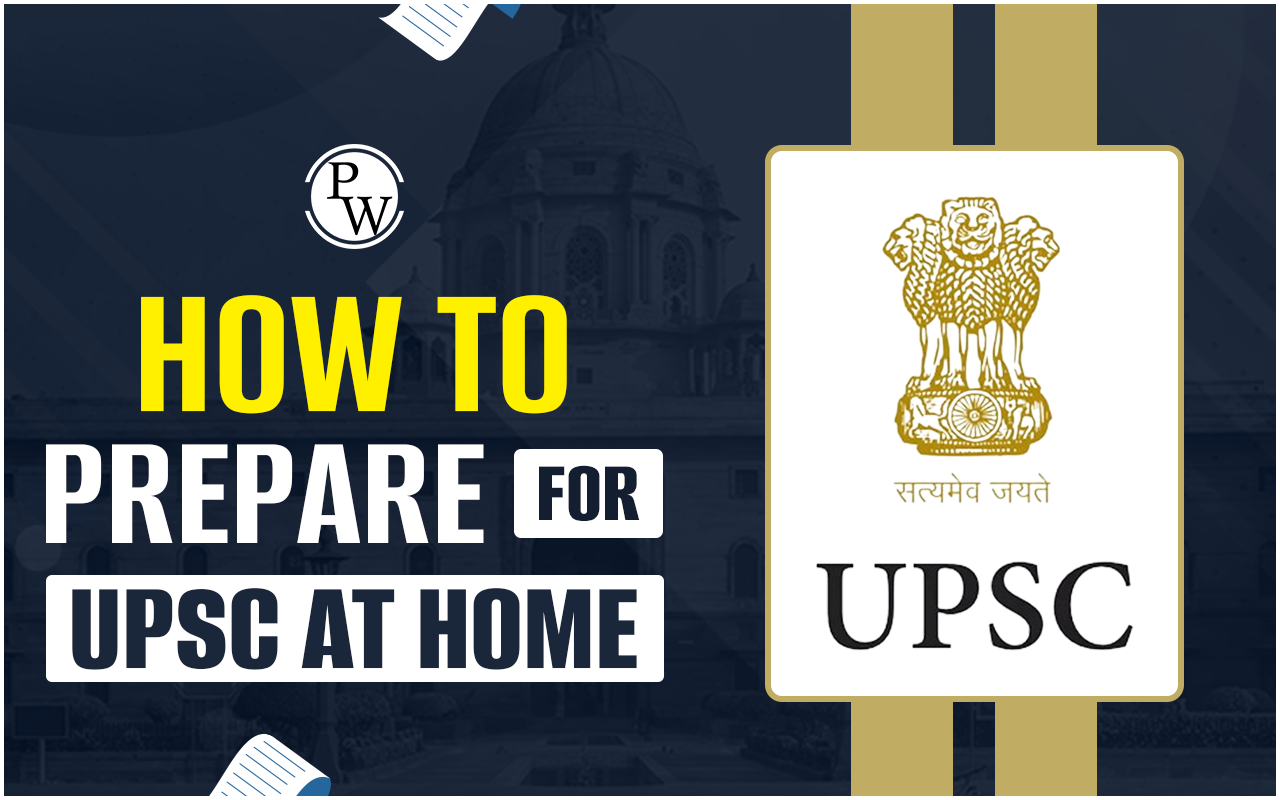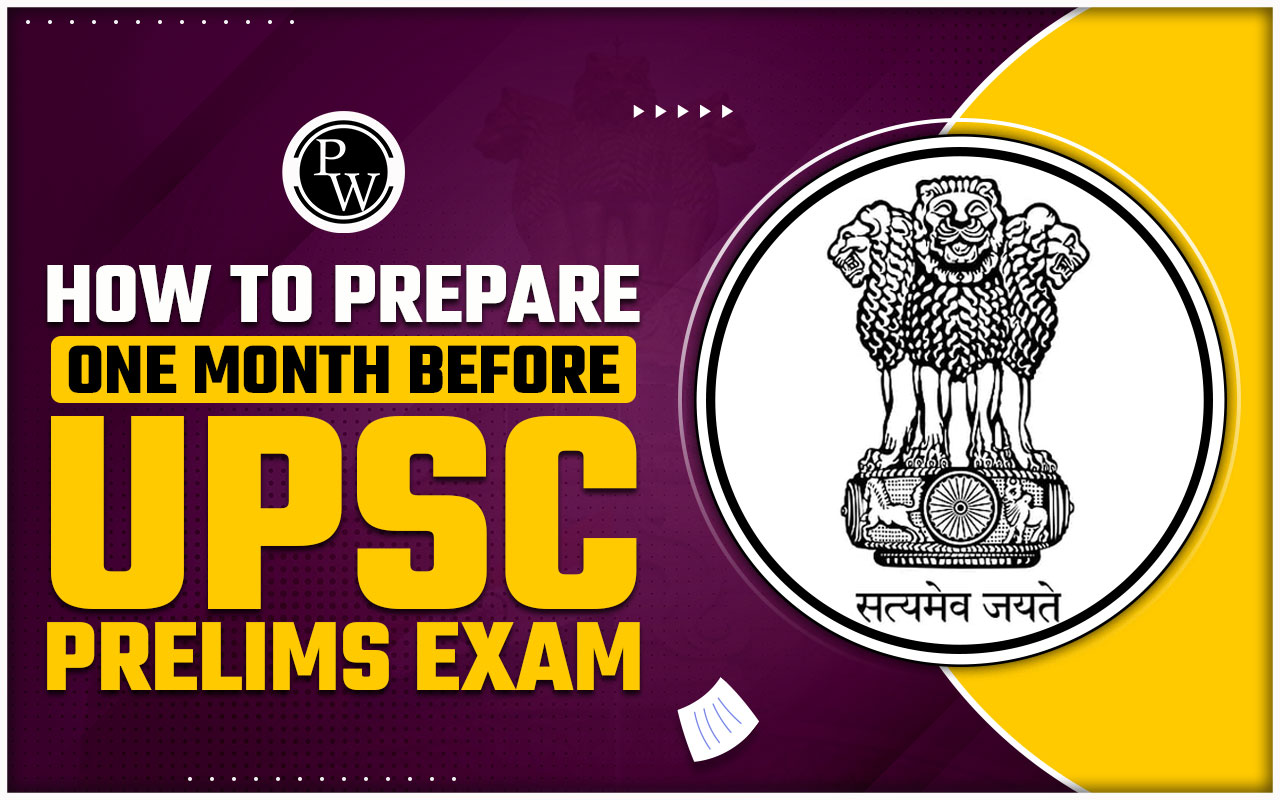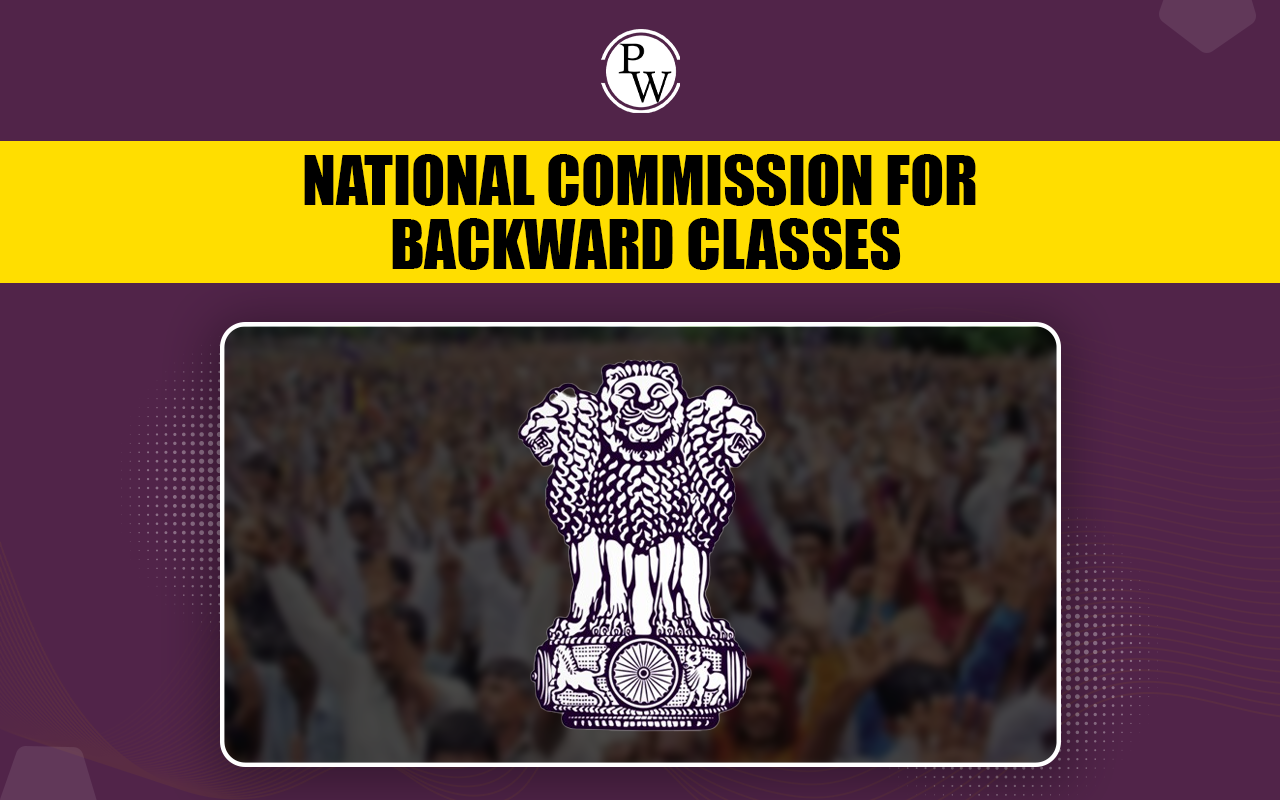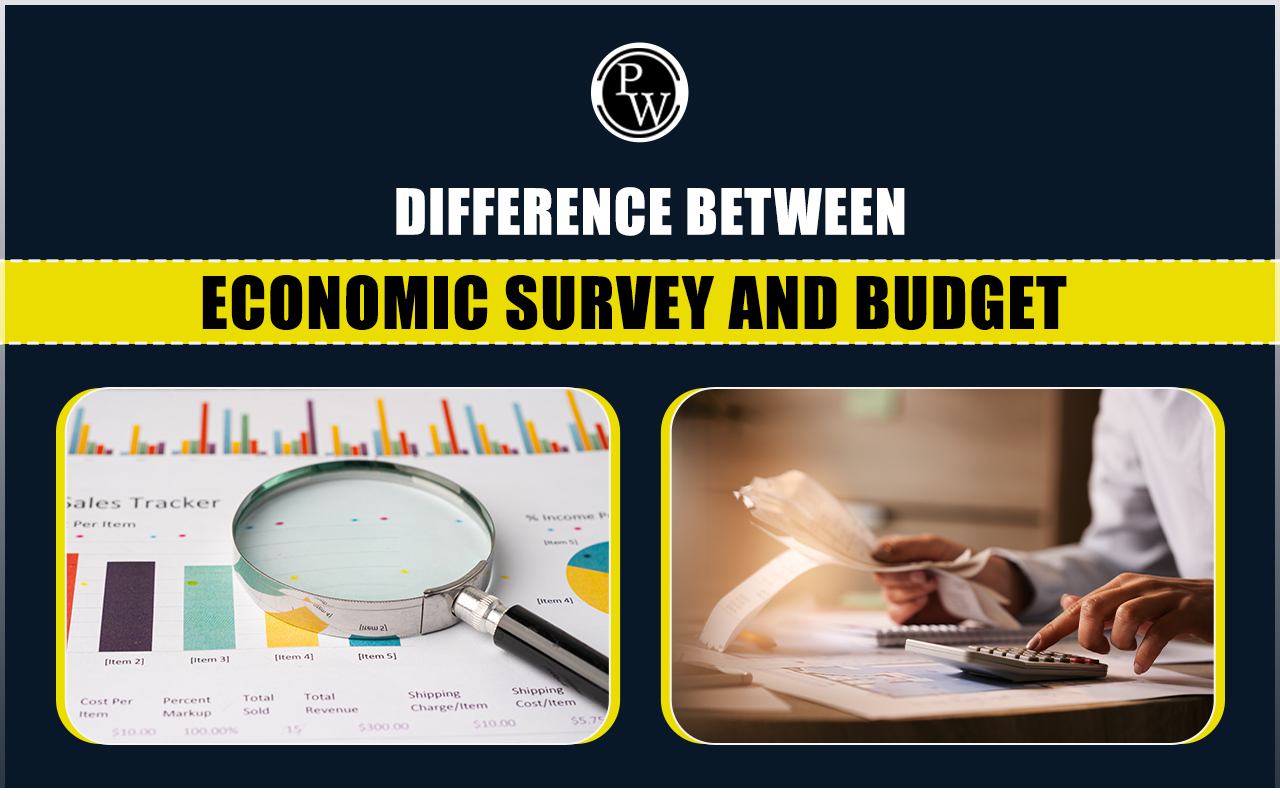
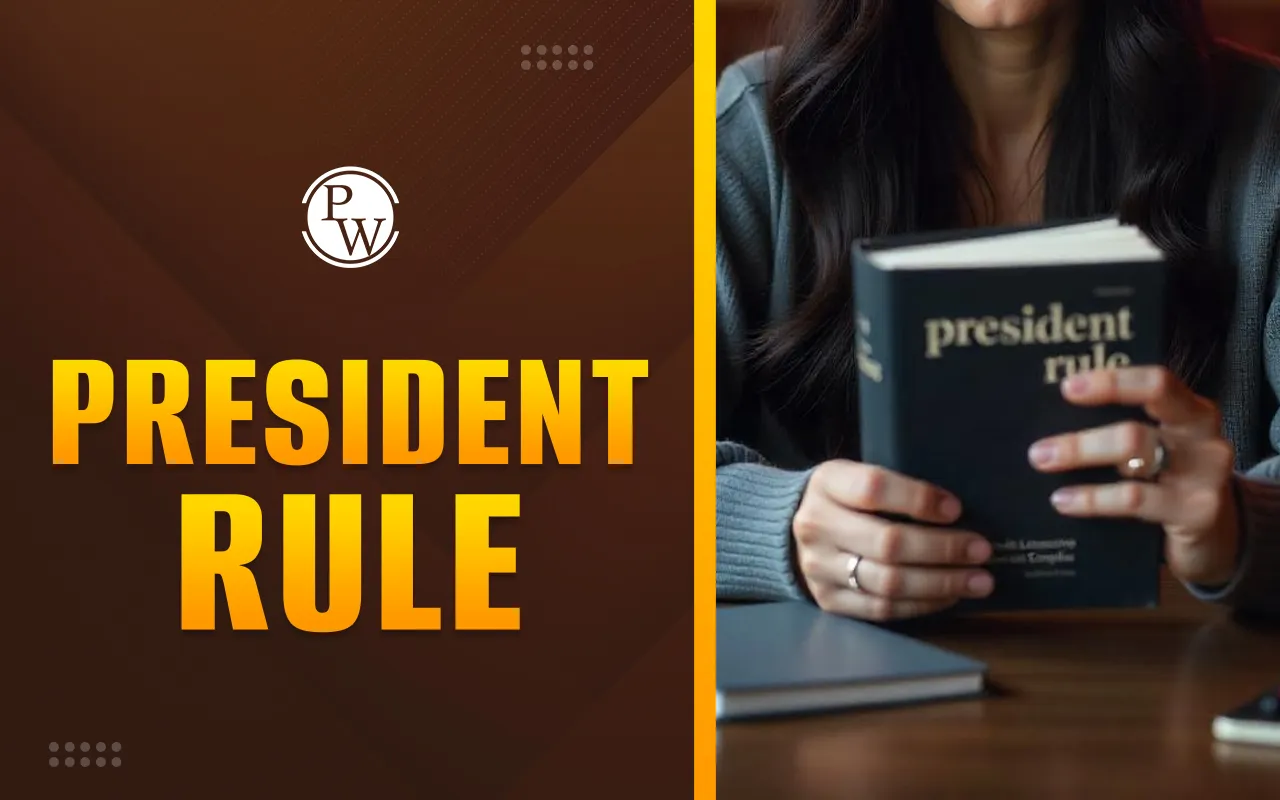
President Rule gained attention again with its recent imposition in Manipur. With this, Manipur joins Uttar Pradesh as one of the states most frequently placed under President's Rule. President's Rule is an emergency provision used to maintain constitutional governance in states facing instability. Continue reading to learn about its historical applications, constitutional provisions, duration, and more.
President Rule in Manipur
President rule has been imposed in Manipur under Article 356 of the Indian Constitution following the resignation of Chief Minister N. Biren Singh. The decision was made by President Droupadi Murmu after a report from the Governor highlighted the inability of the state government to function as per constitutional provisions. Notably, Manipur has been placed under the President’s Rule ten times since 1950.
What is President’s Rule?
President’s Rule also known as Constitutional Emergency or State Emergency refers to the direct rule of the central government in a state when the state government is unable to function effectively, or there is a failure of constitutional machinery. In such cases, the President of India takes over the administration of the state.
Once the President’s Rule is imposed, the central government assumes control of the state’s executive functions, and the state legislative assembly is either dissolved or suspended. The governor of the state acts on behalf of the President in the governance of the state.
Key Articles on President’s Rule in India
The primary constitutional provisions concerning the President's Rule include:
- Article 355: Obligates the Union to protect states against external aggression and internal disturbance and ensure governance per the Constitution.
- Article 356: Empowers the President to impose President's Rule if a state government fails to function according to constitutional provisions.
- Article 357: This article empowers the President to issue directions for the governance of the state and to make laws through ordinances, when necessary.
- Article 365: Allows the President to impose President's Rule under Article 356 if a state fails to comply with directions from the Central government, indicating a breakdown in constitutional governance.
These articles collectively ensure that the Union government can intervene when a state's constitutional machinery breaks down.
Grounds of Imposition for President’s Rule
President's Rule can be imposed under various circumstances as inferred from provisions of Article 356 and Article 365:
- Failure to Comply with Constitutional Norms: If a state fails to comply with or give effect to any directions issued by the Central government.
- Constitutional Breakdown: If the President is satisfied that the government in a state cannot be carried on according to the provisions of the Constitution based on the report of the governor (or even without it) as happened in the case of Manipur.
Other instances where the president's rule can be imposed:
- No Clear Majority: After elections, if no party secures a majority and forming a stable government is impossible.
- Political Instability: In cases where a state government is unable to function due to political instability, such as frequent defections, no-confidence vote, or the collapse of the ruling coalition.
- Postponed Elections: If elections are delayed due to unavoidable circumstances such as war, epidemics, or natural disasters.
- Physical Breakdown: Willful refusal of the state government to discharge its constitutional obligations or law and order situation endangering the state's security.
These grounds ensure that President's Rule is imposed only when necessary to maintain constitutional governance.
Process and Duration of President’s Rule
Once the President issues a proclamation imposing President’s Rule it must be approved within two months by both Houses of Parliament. If Parliament does not approve it, the President’s Rule ends. Once approved:
- Initially, President’s Rule lasts for six months. It can be extended every six months, up to three years, with Parliament’s approval.
- Beyond one year, special conditions must be met, such as:
- A national emergency is in effect in part or all of India.
- The Election Commission certifies that elections cannot be held in the state.
- After three years, fresh elections must be conducted, and a new elected government must take charge.
Also, if the President's Rule is imposed when the Lok Sabha is dissolved, or if dissolution occurs during the two-month approval period, it will remain effective for up to 30 days after the first session of the newly elected Lok Sabha, provided that the Rajya Sabha grants its approval during this time.
Evolution of President’s Rule in India
Originally, the President’s Rule was meant to be a last resort for states facing severe constitutional crises. However, since the enactment of the Constitution in 1950, it has been imposed 134 times across 29 states and Union Territories.
- First Imposition: President's Rule was first imposed in India on 20th June 1951, in Punjab. Punjab spent over 10 years (3,878 days) under president's rule since then, largely due to insurgency-related instability.
- Most Frequent Impositions: Manipur and Uttar Pradesh have experienced President’s Rule 10 times each, making them the most frequently affected states.
- Longest Duration: Jammu & Kashmir holds the record, spending over 12 years (4,668 days) under President’s Rule, primarily due to militant activity and law-and-order issues.
Effects of President’s Rule on a State’s Governance
The imposition of President's Rule has significant implications:
State Executive:
- The State Council of Ministers, led by the Chief Minister, is dismissed.
- The Governor acts on behalf of the President and takes charge of the state's administration, with the help of officials like the Chief Secretary or other advisors appointed by the President.
State Legislature:
- The State Legislative Assembly can either be suspended or dissolved.
- Parliament takes over responsibilities like passing state bills and the State Budget.
- The President can also issue ordinances when Parliament is not in session.
- Parliament can delegate the power to make laws for the state to the President or any other specified authority.
State Judiciary:
-
The constitutional position, status, powers, and functions of the concerned State High Court remain unchanged.
Supreme Court Judgements on President’s Rule
The Supreme Court of India has played a crucial role in interpreting the application of President’s Rule. Some key judgments include:
- S. R. Bommai Case (1994): The Supreme Court in this case laid down the principle that the imposition of President’s Rule is not an arbitrary power and is subject to judicial review.
- Rameshwar Prasad vs Union of India (2005): In this case, the Court held that the President’s Rule must be imposed based on objective criteria and not subjective judgment.
These judgments have emphasized the need for fairness and objectivity in invoking President’s Rule ensuring that it is not used as a tool for political gain.
In conclusion, the President's Rule is a constitutional provision designed to maintain governance in states facing a breakdown of constitutional machinery. While it serves as a corrective measure, its imposition must be judicious and in the spirit of cooperative federalism.
For a deeper understanding of constitutional provisions and their applications in India, explore PW UPSC Courses and enhance your preparation!
President Rule in India FAQs
What is the meaning of President Rule?
When was the first President's Rule imposed in India?
Why is President's Rule imposed in India?
What happens after President's Rule is imposed?
Which state has seen the maximum imposition of President's Rule in India?
Who can impose the President rule in a State?

